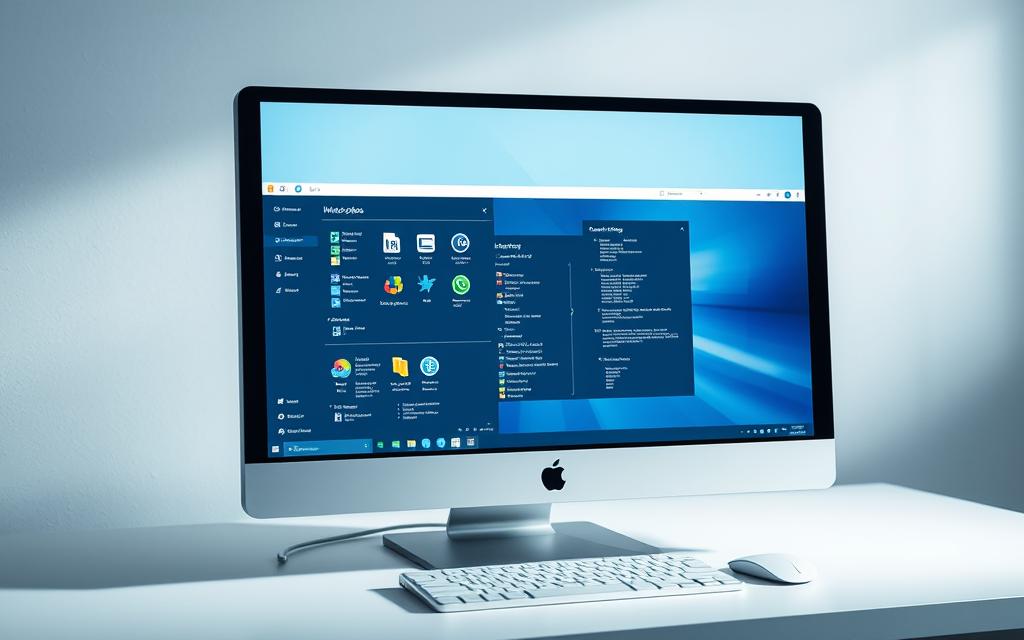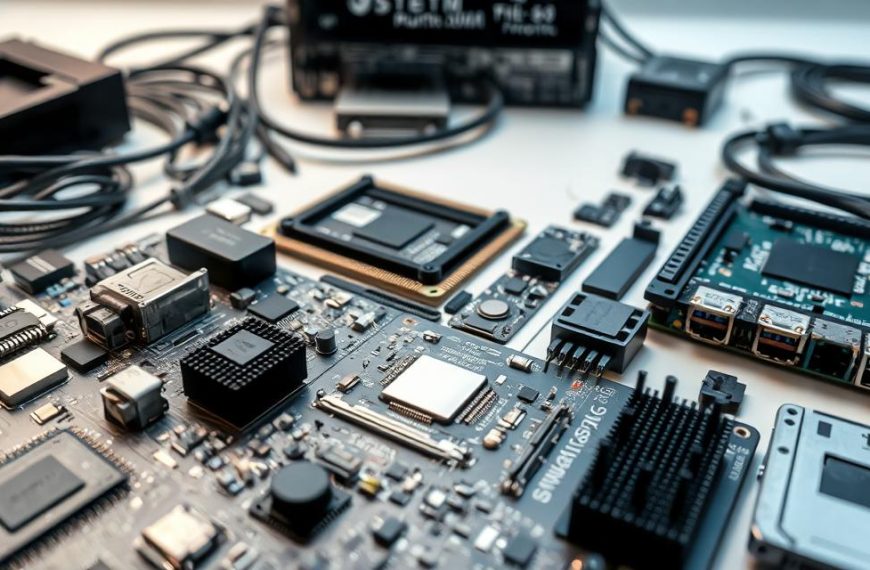An operating system is the core software that manages your device’s hardware and resources. It ensures programs run smoothly and provides a user-friendly interface. Knowing your OS is essential for tasks like installing compatible software or applying critical security updates.
Identifying your OS is a foundational skill in today’s tech-driven world. Whether you use Windows or macOS, understanding your system helps troubleshoot issues and optimize performance. With diverse devices in use, this knowledge becomes even more valuable.
For Windows users, methods vary slightly between versions like Windows 10 and 7. macOS users can quickly access this information through system settings. Learn more about identifying your OS to stay informed and efficient.
Introduction: Why Knowing Your Operating System Matters
Understanding your device’s core software is crucial for seamless functionality. The operating system acts as the backbone, ensuring hardware and software work together efficiently. Without this knowledge, tasks like installing programs or applying updates become challenging.
Compatibility is a key factor. Software and hardware often require specific OS versions to function correctly. For example, newer applications may not run on older systems. Knowing your OS helps avoid compatibility issues and ensures smooth performance.
Security is another critical aspect. Regular updates provide essential patches to protect your device. Staying informed about your OS allows you to manage these updates effectively, keeping your account and data secure.
Users often have questions about their system’s capabilities. Knowing your OS version helps answer these queries. It also ensures access to version-specific features, enhancing your device’s functionality.
Quick identification methods, like boot screen logos, simplify the process. Whether your device comes from an Apple Store or a PC retailer, recognizing these logos can save time. This knowledge is also a prerequisite for troubleshooting, making it invaluable for every user.
| OS Version | Key Features | Security Updates |
|---|---|---|
| Windows 10 | Cortana, Virtual Desktops | Monthly patches |
| macOS Big Sur | Redesigned UI, Safari Enhancements | Regular updates |
In summary, knowing your operating system is essential for compatibility, security, and performance. It empowers you to make informed decisions and optimize your device’s capabilities.
How to Find Your Operating System on Windows
Windows users have multiple ways to check their device’s core specifications. Whether you need the edition, build number, or hardware details, built-in tools simplify the process. Below are three reliable methods to access this information.
Method 1: Using the Settings App
Navigate to Start > Settings > System > About. This page displays your version, processor type, and installed RAM. The edition (e.g., Home, Pro) is listed under “Windows specifications.”
Method 2: Using the Run Dialog Box
Press Win + R, type winver, and hit Enter. A pop-up shows the version and build number. This quick method avoids navigating menus.
Method 3: Using System Information
Search for System Information in the Start menu. The tool provides detailed hardware and software data, including 32/64-bit architecture and BIOS version.
| Tool | Details Provided | Best For |
|---|---|---|
| Settings App | OS version, device name, RAM | Quick overview |
| Run Dialog (winver) | Build number, release info | Version verification |
| System Information | Hardware specs, BIOS details | Advanced troubleshooting |
For storage details, go to System > Storage > Advanced settings. This section reveals disk space usage and partitions.
How to Find Your Operating System on macOS
Apple devices offer intuitive methods to check your system’s specifications. Whether you need your macOS version or detailed hardware data, built-in tools make it easy. Below are two reliable ways to access this information.
Using the About This Mac Panel
Click the Apple menu in the top-left corner and select About This Mac. This panel displays your macOS version, model year, and quick specs like processor, memory, and storage. The version name (e.g., Ventura, Monterey) is listed prominently.
Parenthetical details often include the model year, helping you determine update compatibility. This method provides a quick overview of your device’s core hardware and software.
Checking the System Report
For detailed information, click System Report in the About This Mac window. This tool reveals comprehensive data, including hardware components, network settings, and installed software. It’s ideal for troubleshooting or verifying system capabilities.
The model identifier, found in the Hardware Overview section, ensures compatibility with updates and applications. This method is perfect for advanced users needing in-depth information.
| Tool | Details Provided | Best For |
|---|---|---|
| About This Mac | macOS version, model year, quick specs | Quick overview |
| System Report | Hardware components, network settings | Advanced troubleshooting |
Conclusion: Mastering Your System Information
Identifying your device’s core specifications is a skill every user should master. Whether you use Windows or macOS, knowing your software version ensures compatibility and security. Regular checks help you stay ahead of potential issues.
Proactive monitoring offers numerous benefits. It ensures your system runs smoothly and supports the latest applications. Periodic version checks and update schedules keep your device secure and efficient.
Next steps include updating drivers and verifying software compatibility. These actions optimize performance and prevent glitches. Troubleshooting becomes easier with accurate system data at your fingertips.
Cross-platform insights highlight the strengths of different operating systems. Understanding these differences helps you make informed decisions. Security is paramount—outdated versions expose your device to risks.
For more detailed guidance, visit HP’s comprehensive guide. Stay informed, stay secure, and make the most of your device’s capabilities.











